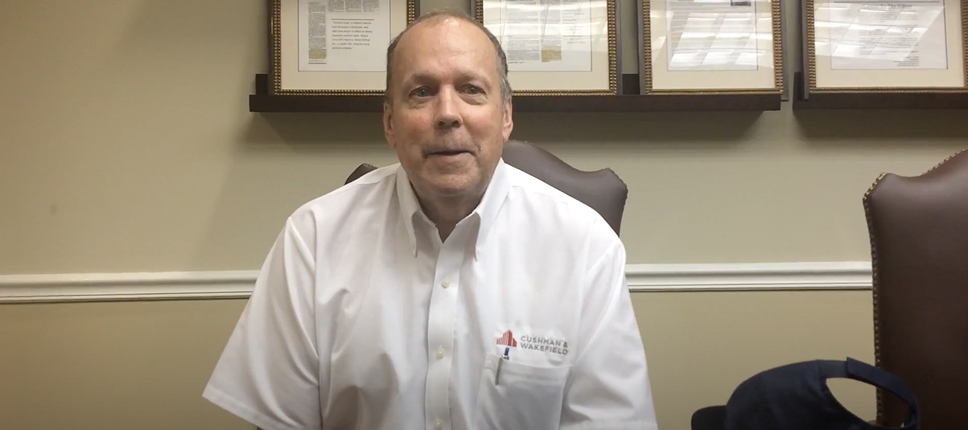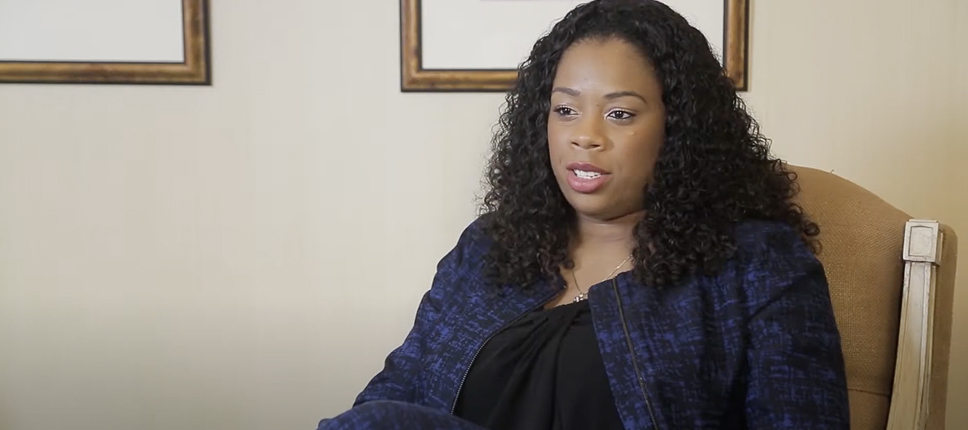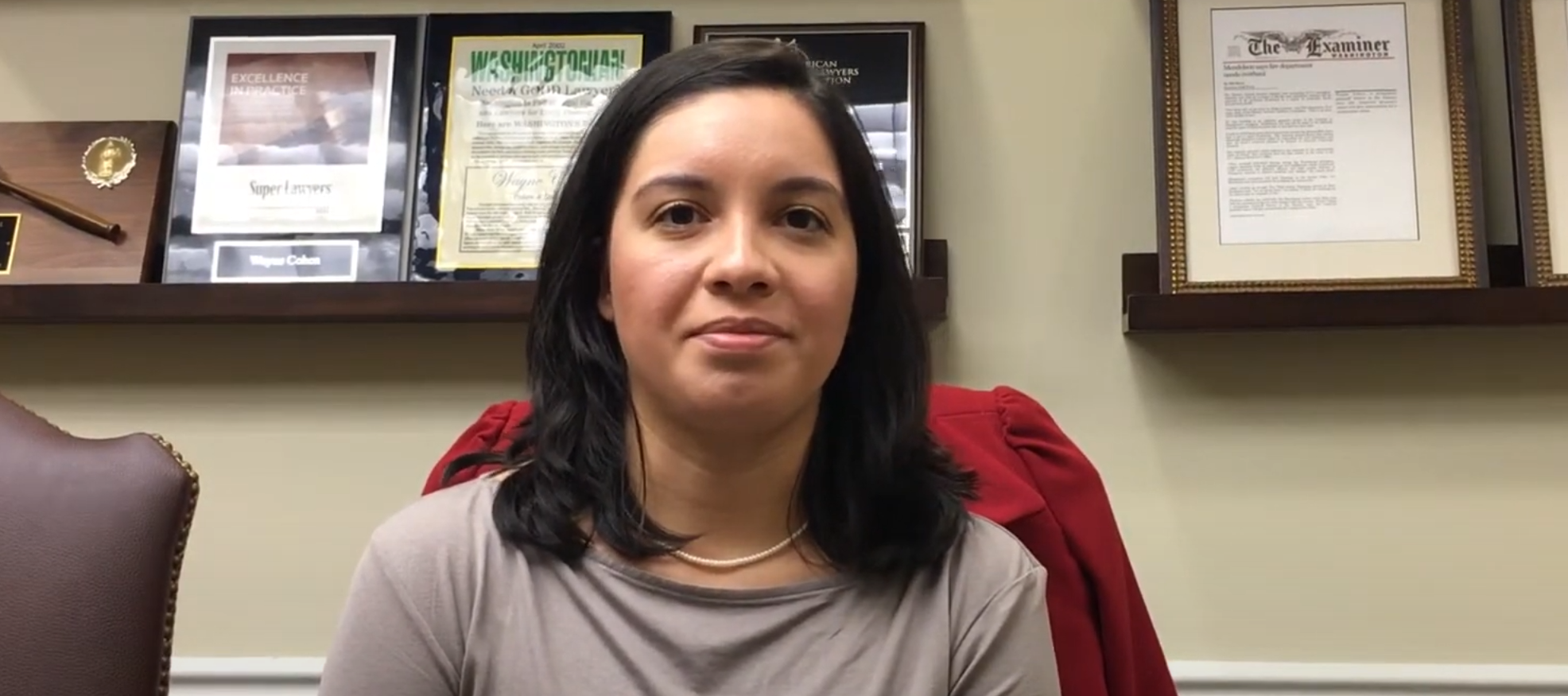Posted in Personal Injury Lawyer

In February 1950, British authorities arrested a German-born scientist who was living in England named Klaus Fuchs on suspicion of providing the Soviet Union with classified information regarding the American atomic bomb program in Los Alamos, New Mexico. While under arrest, Fuchs’ confessed to ties to the Soviets, which led to the arrest in May 1950 of Philadelphia chemist Harry Gold, who served as a courier between Fuchs and his Soviet handler, Anatoli Yakovlev. Gold confessed to the FBI that in June 1945 a U.S. Army officer provided him with classified information from Los Alamos, which Gold then turned over to Yakovlev. Gold’s description led the authorities to Sergeant David Greenglass, whom was arrested in June 1950. Greenglass quickly confessed and admitted that his wife, Ruth Greenglass, had been involved. The couple cooperated with the government’s investigation and blamed David’s sister Ethel Rosenberg and her husband Julius, whom they say had indoctrinated them with Communist beliefs and subsequently recruited them into their espionage ring.
The Greenglasses did not make a formal deal with the government but hoped that their compliance would help David secure a shorter sentence and help Ruth avoid trial.
U.S. Attorney Irving Saypol and his assistant, attorney Roy Cohn, told the couple that Ruth would be charged if they did not reveal everything they knew about the espionage with Russia and give details on Ethel Rosenberg’s involvement, as they had little evidence in regards to her. Following Greenglass’ confession, Julius Rosenberg was arrested on July 17, 1950.
On July 19, 1950, Julius’ refused to discuss his espionage or to reveal other names, and as such, FBI Director J. Edgar Hoover suggested to Attorney General J. Howard McGrath that “proceeding against his wife might serve as a lever in this matter” in order to “change in [Julius’] attitude.”
On Aug. 17, 1950, the federal grand jury for the Southern District of New York indicted and charged Julius Rosenberg, Ethel Rosenberg with conspiracy to spy for the Soviet Union in violation of the Espionage Act of 1917.
On March 6, 1951, the trial of Julius Rosenberg, Ethel Rosenberg, and Morton Sobell opened. It was presided over by former federal prosecutor Judge Irving Kaufman of the U.S. District Court for the Southern District of New York. Kaufman was known for having a reputation as a staunch anti-Communist.
The United States’ prosecution headed up by U.S. Attorney Irving Saypol, the chief prosecutor on Abraham Brothman‘s case and an assistant prosecutor in the Alger Hiss and Eugene Dennis trials. Criminal attorney Emanuel Bloch, known in New York City for representing Communists in other cases, became Julius Rosenberg’s attorney and the head of the defense team.
During the trial, it was only David and Ruth Greenglass testimony that linked the Rosenbergs to espionage. While on the stand, Ruth said that in November 1944 the Rosenbergs asked her to visit David, who was stationed at Los Alamos, and convince him to steal classified information about the atomic bomb program. Ruth said that she persuaded David to participate in the espionage scheme and that she returned to New York with the requested information.
While on the stand, David claimed came back to New York City on furlough in January 1945, and gave Julius sketches of high-explosive lens molds used in the atomic bomb, and described his work at Los Alamos to an unnamed Russian met through Julius.
The Greenglasses also testified that in June 1945, they passed stolen information to a courier that Julius had set up., David also testified that he returned to New York City in September 1945, he gave Julius several pages of handwritten notes and sketches regarding the atomic bomb.
When the prosecution introduced images of the notes and sketches, Bloch made a major blunder, when he asked that the documents be “impounded” and that the judge bar spectators from the courtroom. The request was seen by many observers as a disastrous move, lending credibility that the material contained “the secret of the atomic bomb.”
In his closing argument, Irving Saypol argued that Ethel “sat at that typewriter and struck the keys, blow by blow, against her own country in the interests of the Soviets.” However, there was no evidence that Ethel had been involved as The Greenglasses made no mention of her in their initial confessions or subsequent interviews with the FBI. In her testimony before the grand jury, Ruth did not bring it up Ethel’s role in the espionage.
Years later, David, who was Ethel’s brother, he implicated his sister to protect his wife.
Julius and Ethel Rosenberg famously took the stand in their own defense. The reportedly denied their involvement in the espionage allegations, and when asked if they were Communists, they both invoked their Fifth Amendment right and refused to answer.
Julius did proclaim allegiance to the United States, but admitted that he admired the accomplishments of the Soviet Union and attributed the defeat of the Nazis as mostly their accomplishment. At the time, The New York Times described Julius as “glib” and “self-assured” but also with a “nervousness” and “hesitation” when cross-examined. Jurors later described the Rosenbergs as being void of emotion.
The trial lasted three weeks and the jury came to a verdict after only eight hours of deliberation on March 29, 1951, finding Julius Rosenberg, Ethel Rosenberg, and Morton Sobell guilty of conspiring to commit espionage for the benefit of the Soviet Union. At the time, Judge Kaufman told the jurors, “My own opinion is that your verdict is a correct verdict.”
On April 5, Judge Kaufman sentenced Julius and Ethel Rosenberg to death, as authorized by the Espionage Act of 1917 in cases of wartime spying. The judge ordered that Morton Sobell spend thirty years in prison, the maximum term allowed. The following day, Kaufman sentenced David Greenglass to a reduced term of fifteen years in prison due to his cooperation.
Julius and Ethel Rosenberg tried to avoid the electric chair for two years following the sentencing. They appealed to the U.S. Court of Appeals for the Second Circuit and then to the Supreme Court of the United States. The Rosenbergs also petitioned President Harry Truman for executive clemency in January 1953. Truman left office without acting on the petition. But Dwight Eisenhower, denied the request.
On June 19, 1953, at 8:06 and 8:16 p.m., Julius and Ethel Rosenberg were pronounced dead at Sing Sing Prison in Ossining, New York.
They were the only American citizens put to death for espionage.
Brought to you by:































